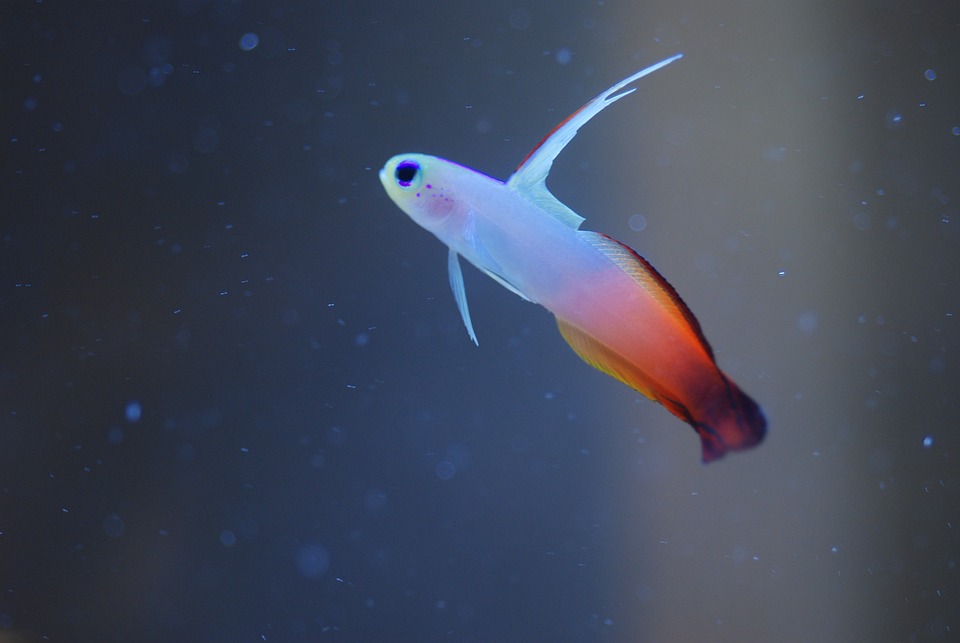*By [Your Name]*
Introduction:
Fish tank dropsy disease is a common and potentially fatal condition that affects many species of aquarium fish. It is characterized by the swelling of the fish’s abdomen, raised scales, and overall poor health. In this article, we will explore effective strategies to prevent dropsy disease, as well as discuss treatment options for afflicted fish. Read on to ensure the well-being of your aquatic companions.
Preventing Fish Tank Dropsy Disease
1. Maintain Optimal Water Quality
– Regularly monitor water parameters such as ammonia, nitrite, nitrate, and pH levels.
– Consider investing in a reliable water testing kit.
– Perform regular water changes to minimize the accumulation of toxins and ensure a stable environment for your fish.
2. Provide a Balanced Diet
– Offer a varied and nutritious diet to boost your fish’s immune system.
– Feed high-quality fish food that contains essential vitamins, minerals, and proteins.
– Avoid overfeeding, as excess food can lead to poor water quality and digestive issues.
3. Avoid Overcrowding
– Ensure adequate space for each fish to swim freely.
– Overcrowding increases stress levels, making fish more susceptible to diseases like dropsy.
– Research the specific requirements of each fish species to determine appropriate tank size and stocking levels.
4. Quarantine New Fish
– Before introducing new fish to your aquarium, quarantine them for a few weeks in a separate tank.
– This helps detect any potential diseases or parasites and prevents them from spreading to the existing fish population.
5. Maintain a Clean Environment
– Regularly clean the tank, including the substrate, decorations, and filtration system.
– Use a gravel vacuum during water changes to remove excess waste and debris.
– Avoid introducing any chemicals or cleaning agents that may harm the fish or disrupt the tank’s biological balance.
Treating Fish Tank Dropsy Disease
1. Isolate the Affected Fish
– When dropsy symptoms are observed, promptly isolate the infected fish in a separate quarantine tank.
– This prevents the spread of the disease to other fish and provides a controlled environment for treatment.
2. Raise Water Temperature
– Increase the water temperature to around 78-82°F (25-28°C) to aid the fish’s metabolism and immune response.
– Ensure gradual temperature changes to avoid shocking the fish.
3. Administer Medication
– Consult a veterinarian or experienced aquarist to determine appropriate medication for treating dropsy disease.
– Antibiotics, such as tetracycline or erythromycin, are often prescribed to combat bacterial infections associated with dropsy.
4. Provide Supportive Care
– Maintain pristine water quality by performing regular water changes and maintaining proper filtration.
– Offer easily digestible and nutritious food to support the fish’s recovery.
– Ensure a stress-free environment with minimal disturbances.
FAQs – Frequently Asked Questions
1. Can dropsy disease be completely cured?
– While dropsy disease can be challenging to treat, early detection and proper care increase the chances of a fish’s recovery. However, in severe cases or if the internal organs are damaged, a complete cure may not be possible.
2. Can dropsy disease spread to other fish in the tank?
– Yes, dropsy disease can spread to other fish if they come into contact with the infected fish’s bodily fluids or waste. Isolating the affected fish is crucial to prevent the spread of the disease.
3. Why is water quality important in preventing dropsy disease?
– Poor water quality can stress fish, weaken their immune systems, and make them more susceptible to diseases like dropsy. Maintaining optimal water conditions is key to preventing dropsy and promoting overall fish health.
4. Are dropsy disease and swim bladder disorder the same?
– No, dropsy disease and swim bladder disorder are separate conditions. Dropsy primarily affects the fish’s kidneys and results in abdominal swelling, while swim bladder disorder affects the fish’s ability to control buoyancy.
Conclusion:
Fish tank dropsy disease can be devastating for both fish and aquarium enthusiasts. By following preventive measures such as maintaining optimal water quality, providing a balanced diet, and avoiding overcrowding, you can significantly reduce the risk of dropsy. In case of an outbreak, prompt isolation, appropriate medication, and supportive care can help increase the chances of a fish’s recovery. Stay vigilant, prioritize your fish’s health, and enjoy a thriving aquarium ecosystem.









